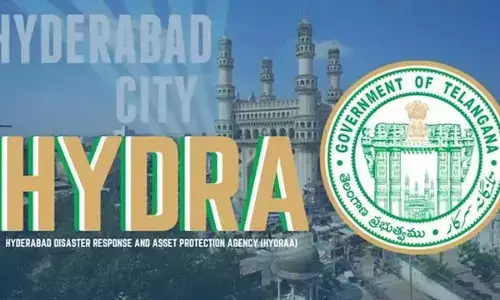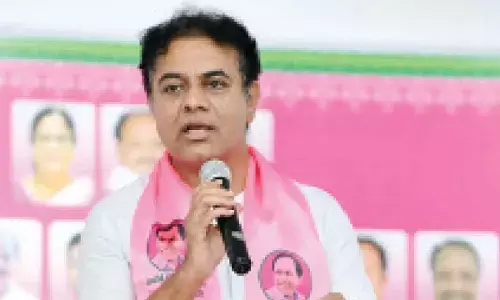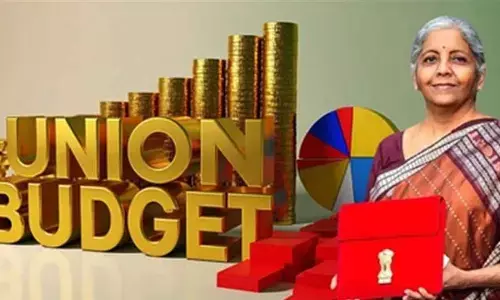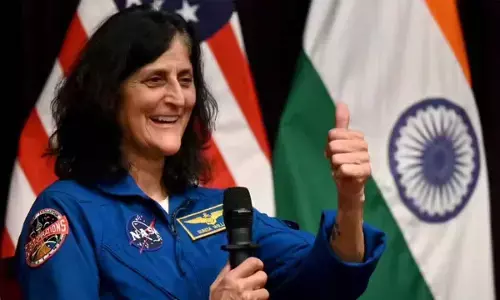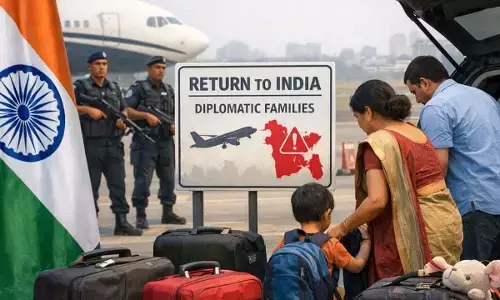Civils Marathon XI: Grip over basics
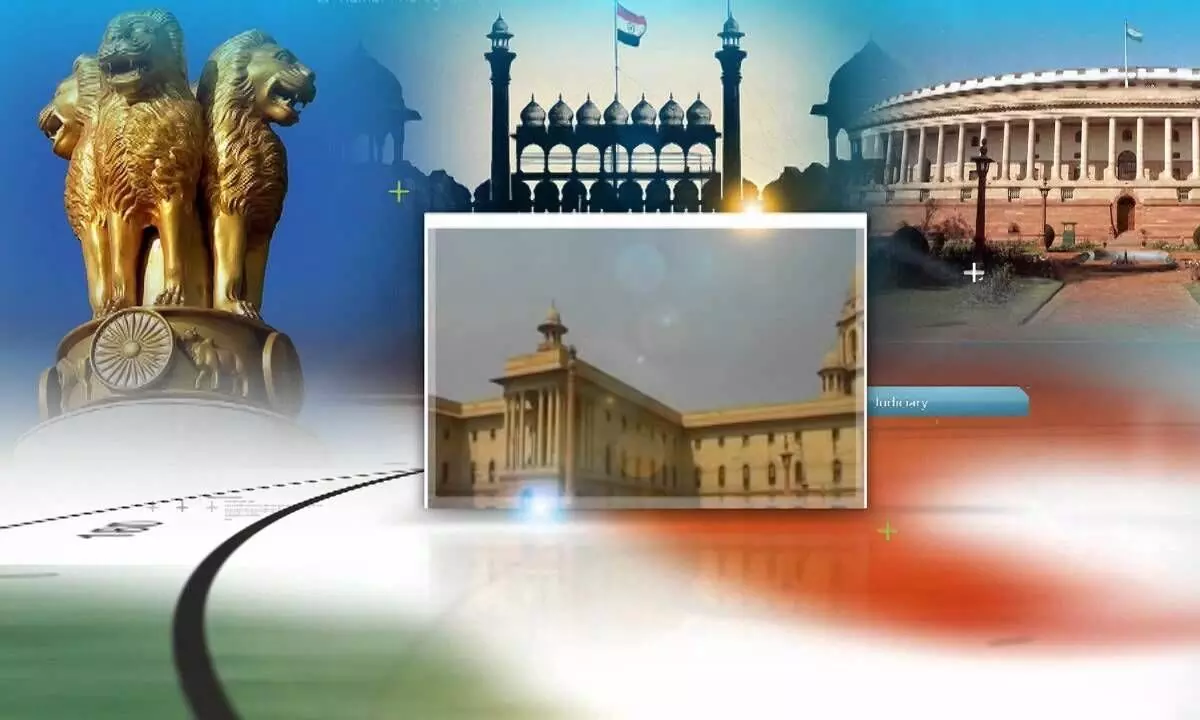
Civils Marathon XI: Grip over basics
There are only four weeks to go for the prelims civil service examination.
There are only four weeks to go for the prelims civil service examination. Seniors generally talk about a strong foundation for attempting the prelims. Then the question will be what does it mean? It means stronghold over the basics and quality content. Nowadays we are facing information overload and it becomes difficult to filter what is important. For a civil service aspirant it is more important what not to study and then what to study. One should work hard to concise and consolidate the notes. If the best material is available it will be a one step solution. Among the seven major topics in the general studies paper I polity is one.
Try to get more information about the following subjects so that you have the knowledge of the entire syllabus. The following major headings are to be concentrated. Go through the old question papers and answer them as many as you can within these four weeks. You might be feeling that you doesn't have time to answer them in the given timeframe of 120 minutes. In fact that is the real test. Answering a hundred multiple answer questions in two hours is the crux of the problem.
Polity
How to simplify is the big question. The following four major areas are to be studied well.
l Local self-government
l Union territories and scheduled areas
l The emergency provisions
l Federalism
Local self government
The following points are to be considered when we discuss local self-government. This institution has been there from the beginning of the 19th century. Note down the following heads.
-Evolution of local governance in India, british period, Montagu - Chemsford reforms -1919. During the post independence period the community development programme started in 1952. All the districts of the country were divided into development blocks. Then in 1957 Balwant Roy Mehta committee gave a report. It recommended a three tire Panchayat Raj system which includes Zila parishad, Panchayat Samiti, and gram Panchayat. Based on these recommendations Prime minister Jawaharlal Nehru inaugurated the Panchayat Raj system on 2 October 1959 initially at Nagur district of Rajasthan followed by Andhra Pradesh.
There were several committees to improve the local self government system. The following committees have recommended different organisational set ups. They are Santhanam committee in 1963, Ashok Mehta committee in 1977, and GVK Rao committee in 1985, LM Singhvi committee in 1986. Singhvi committee is the best known in constitutionalising the status of panchayats and led to formation of gram sabha. However the Sarkaria commission opposed the recommendations on Centre state relations in the year 1988.
Union territories andScheduled areas
Under this subheading the following important issues are to be kept in mind. The political and administrative considerations, cultural distinctiveness, strategic importance, special treatment and care of the backward and tribal people. The administration of union territories is a separate identity. Special provisions for Delhi have been provided. in this connection Centre versus Delhi government is to be studied carefully. Regarding the scheduled areas , article 244 in part X of Constitution envisages a special system of administration for certain areas designated as scheduled areas and tribal areas. The fifth schedule of the Constitution deals with this. The sixth schedule of the Constitution deals with the administration of tribal areas in the four north-eastern states of Assam, Meghalaya, Tripura and Mizoram. There is a separate criteria for declaring the scheduled areas. Tribes advisory council consists of 20 members three fourths of whom are to be the representatives of scheduled Tribes in the state legislative assembly. Pesa act of 1966 gives special provisions to extend the provisions of part 9 of the Constitution relating to the panchayats to the scheduled areas with certain modifications. It empowers panchayats at the appropriate levels with specific powers conducive to the tribal requirements. The sixth schedule discusses the scheduled areas in the Northeast.
Emergency provisions
Emergency provisions in the Constitution are provided separately in articles 350 to 360. The historical background behind the emergency provisions is to be studied well. Detailed study of different articles in this connection are to be kept in mind. The President of India may declare an emergency when the Union Cabinet advises him in writing. The proclamation of emergency is required to be laid before each house of the Parliament. Special majority is needed for the approval. President can revoke the emergency at any time by a subsequent proclamation. It does not require Parliament approval. The 38th Constitutional amendment in 1975 made the declaration of emergency immune from the judicial review. However it was restored by the 44th amendment act in 1978. The effects of national emergency can be studied under three heads. Effect on the fundamental rights, effect on the life of Lok Sabha and state assembly and effect on the Centre state relations. National emergency has been imposed three times in India so far between 1962 and 1977. There is a lot of difference between national emergency and President's rule. Study them well.
Federalism
The main features of federalism include two tires of government – central and state. There is the separation /division of power. The Constitution is supreme. Independent judiciary and Bicameral legislature. But discussion is going on whether the Constitution of India is completely federal or unitary. Regarding the legislative powers article 245 to 255 envisages state and Centre relations and there is union list, state list and concurrent list. Cooperation between the Centre and states is most important. Union and state work together to maintain the nation's economy, for example custom duties. States make laws on the tax subject provided in list two. State collect, levy and appropriate revenue on the items listed in the state list. Example – tax on agricultural income, land revenue etc. Important Supreme Court judgements related to federalism are to be studied in depth. This is how the aspirants should work out their schedule with regard to polity.
(The author is retired Additional Director General, Doordarshan, Delhi)










